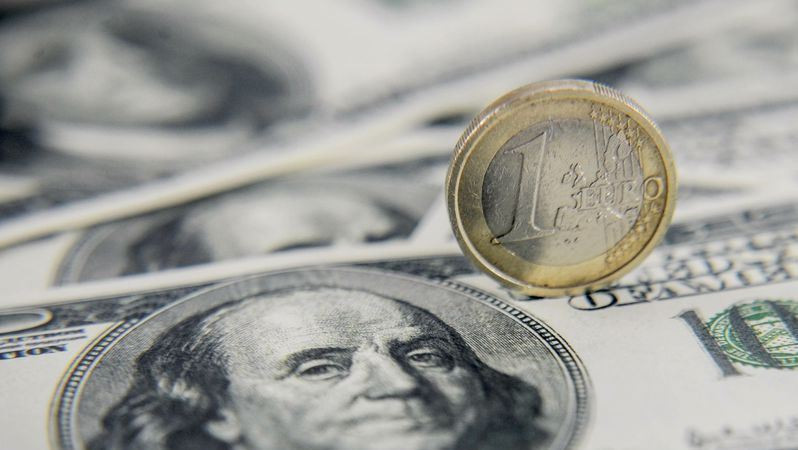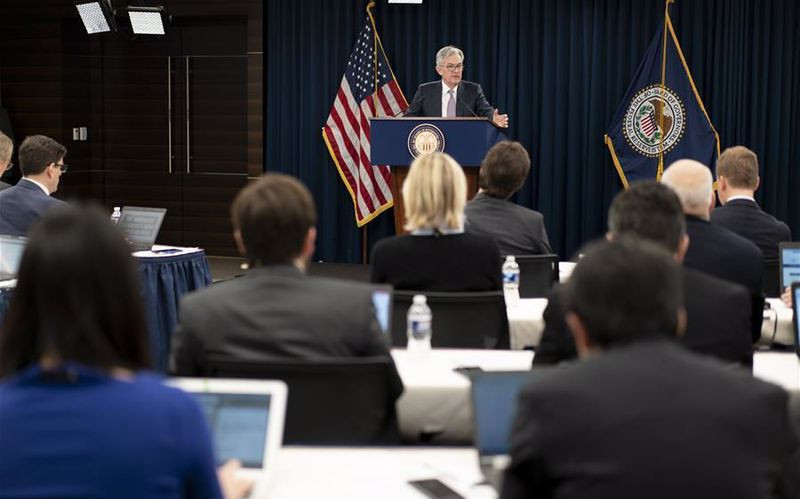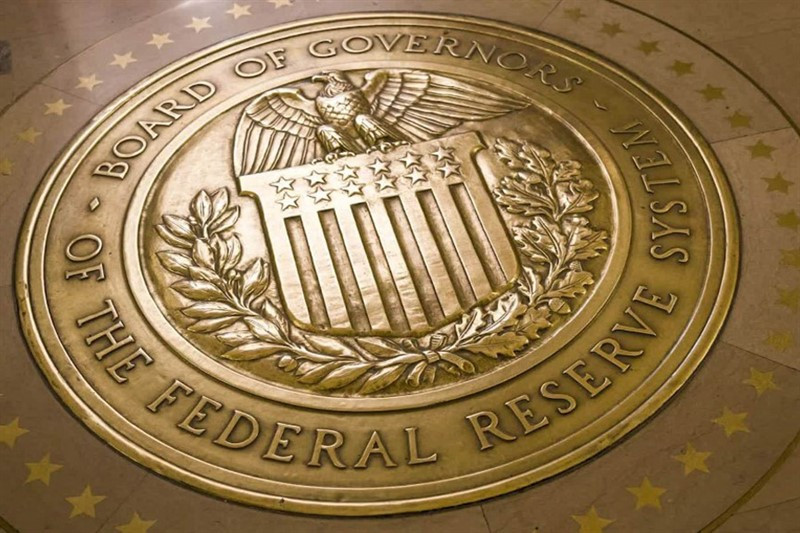
The greenback staged such an impressive rally that even the former bears began to wait for its outperformance against other currencies.
At the same time, the euro's weakness was the most notable phenomenon among colleagues on the shop floor.
However, having reached a peak since July 2020 above the 96.00 mark, the USD index plunged on Wednesday following the yield of treasuries. This made it possible for the EUR/USD pair to bounce back from the 16-month low previously noted in the area of 1.1260.
On Thursday, the US currency suffered losses for the second consecutive day, trading with a decline of more than 0.2%, about 95.60.
Traders are now wondering whether the upward momentum in USD is starting to fade, or whether it is worth waiting for its continued growth.
Disputes over the timing of the possible completion of the Federal Reserve's stimulus program and subsequent rate hikes are likely to continue as early as 2022, increasingly unnerving participants in the US debt market.
In addition, the issue of the US national debt limit for next year reappears on the agenda, the deadline for which comes in December, requiring politicians in Washington to reach compromises or make sole decisions of the Democrats.
US Treasury Secretary Janet Yellen has already warned Congress that her department may be left without money after December 15 if lawmakers do not raise the debt ceiling. She clearly indicated that this deadline is directly related to the new obligations that the Ministry of Finance has incurred after the adoption of the bill on infrastructure spending in the United States.
Investors believe that such an impressive package of government spending will become another driver of consumer price growth and will further increase inflation by 0.3-0.5% in less than a year. If these expectations are met, the US central bank will have another reason to normalize monetary policy.
Ironically, a surge in inflation may play into the hands of Fed Chairman Jerome Powell, who is waiting for US President Joe Biden's decision on reassignment. No matter how mistaken the current head of the Fed is about inflation, Lael Brainard is considered an even bigger dove.
However, inflationary records may require the US central bank to become hawkish faster.
In addition, galloping inflation does not add points to Biden, whose rating leaves much to be desired.

If consumer prices in the US continue to grow at a high pace, then we will hear a lot of speeches in favor of the dollar's growth already at the December FOMC meeting.
In recent weeks, the greenback has benefited from the market's bet that the Fed will counteract rising inflation faster than many of its counterparts in developed countries. This opinion was reinforced last month by strong data on the US labor market.
"The Washington Post recently published an article stating that incorrect accounting of data from the Bureau of Labor Statistics and other factors mean that more than 625,000 jobs in the United States were not taken into account for the period from June to September. If this is the case, and these changes will appear in the next reports along with strong new data for November, it may be a harbinger of a much sharper tightening of Fed policy than previously expected. At the December FOMC meeting, it is possible that it will announce a twofold increase in the QE reduction coefficients, despite the fact that the market is approaching the timing and pace of the key rate increase," Saxo Bank analysts noted.
The Fed's curtailment of the bond purchase program will be completed by the middle of next year, although the central bank is still waiting for signals of a slowdown in inflation, Chicago Fed Governor Charles Evans said on Wednesday.
"We realized back in 2013 that the gradual curtailment of such asset purchases is the preferred measure for the functioning of the financial market, and that if we abruptly stop purchases, it will be poorly received," he said.
"It will take until the middle of next year to complete this folding. We will pay attention to inflation and try to understand how much additional stimulus contributes to higher inflation. If this is the case, we will think about when it is best to start raising rates," Evans said.
The US central bank began reducing the volume of monthly bond purchases in November and plans to completely curtail the quantitative easing program by June 2022.
JPMorgan strategists predict that the Fed will raise interest rates next September with a further hike in December and another in the following quarter.

"The stability of the dollar's growth in the next few months looks far from unambiguous. Market expectations regarding the Federal Reserve are becoming particularly hawkish, which indicates the limited nature of support for the USD in the future from this factor," analysts at Pictet Wealth Management believe.
ING analysts are more optimistic about the greenback.
"Most roads lead to the strengthening of the dollar. The Fed may raise rates as early as next summer. A good growth momentum in 2022 (we forecast US GDP at 5%), backed by strong corporate and consumer balance sheets, should mean that price pressures will persist and inflation remains above 3% throughout the year," they said.
"The main risk for this scenario is stagflation, when an early increase in rates to eliminate a temporary price shock provokes a recession. However, even if this happens, stagflation will be a negative moment for risky assets and will support the counter-cyclical dollar," ING believes.
"Perhaps the only scenario for a much stronger EUR/USD pair in 2022 would be a strong global recovery, the revival of the eurozone and the transformation of the Fed into a dove. Given that disruptions in the supply chain are expected to have an impact on economic growth in Europe with a high level of production next year, such a scenario seems unlikely," the bank's analysts noted.
The main currency pair continued its recovery on Thursday, rebounding from the lowest levels since July 2020 by more than 100 points.
However, bears are unlikely to retreat easily, given that the factors that recently led the pair to 16-month lows will not disappear soon.
"There are two weeks left until the next ECB meeting and the update of its forecasts. Meanwhile, ECB President Christine Lagarde expressed concern about the increase in the number of COVID-19 infections in the EU, while confirming the patient position of the regulator and the fact that the current inflationary pressure in the region remains temporary, despite the fact that it is more persistent," Westpac strategists said.
"The November reports on consumer confidence and business activity in the eurozone, which will be released next week, will be of increased interest. If there are any signs that COVID-19 cases will affect the reports, the euro will be under increasing pressure. The rebound of the EUR/USD pair is likely to be limited to the 1.1400 mark, unless the data turns out to be particularly strong. A break below 1.1250-1.1275 may trigger another decline by two figures," they added.





















